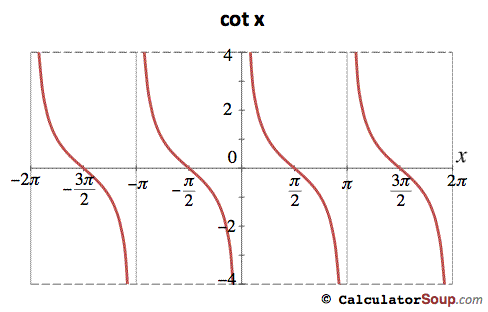1. How do the trig graphs relate to the Unit Circle?
Trig graphs relate to the unit circle because of ASTC. Whether the quadrant is positive or negative all depends on whether it is sine, cosine, tangent, or cotangent. An example would be if it is sine, then the first quadrant would be positive, the first quadrant is always positive, the second quadrant would be positive because that's the quadrant where sine is positive, and the third and fourth quadrants would be negative.
 |
http://www.analyzemath.com/trigonometry/graph_sine.gif
|
Period
The period of sine and cosine is 2pi because that is how many units on the x-axis they cover while going through one cycle. The period of cotangent and tangent is pi because they cover pi units on the x-axis while going through one cycle.
Amplitude
sine and cosine have restrictions that they can only be between 1 and -1. One and negative one are also the lowest and highest points when being graphed. Cosecant, tangent, cotangent, and secant do not have an amplitude.










